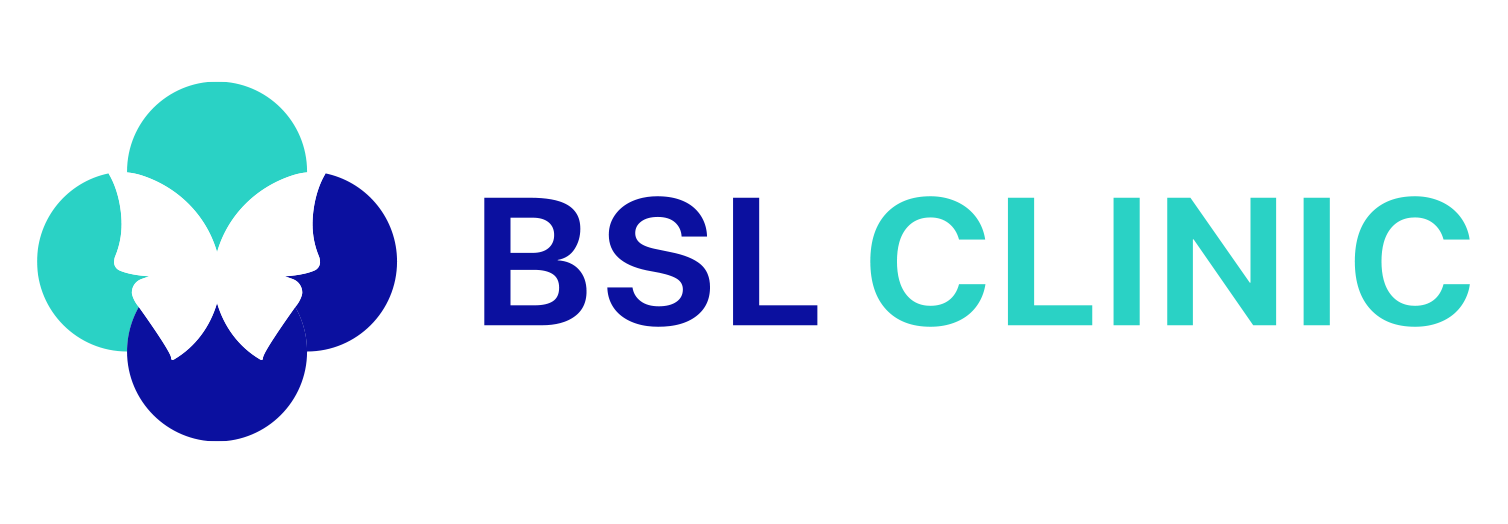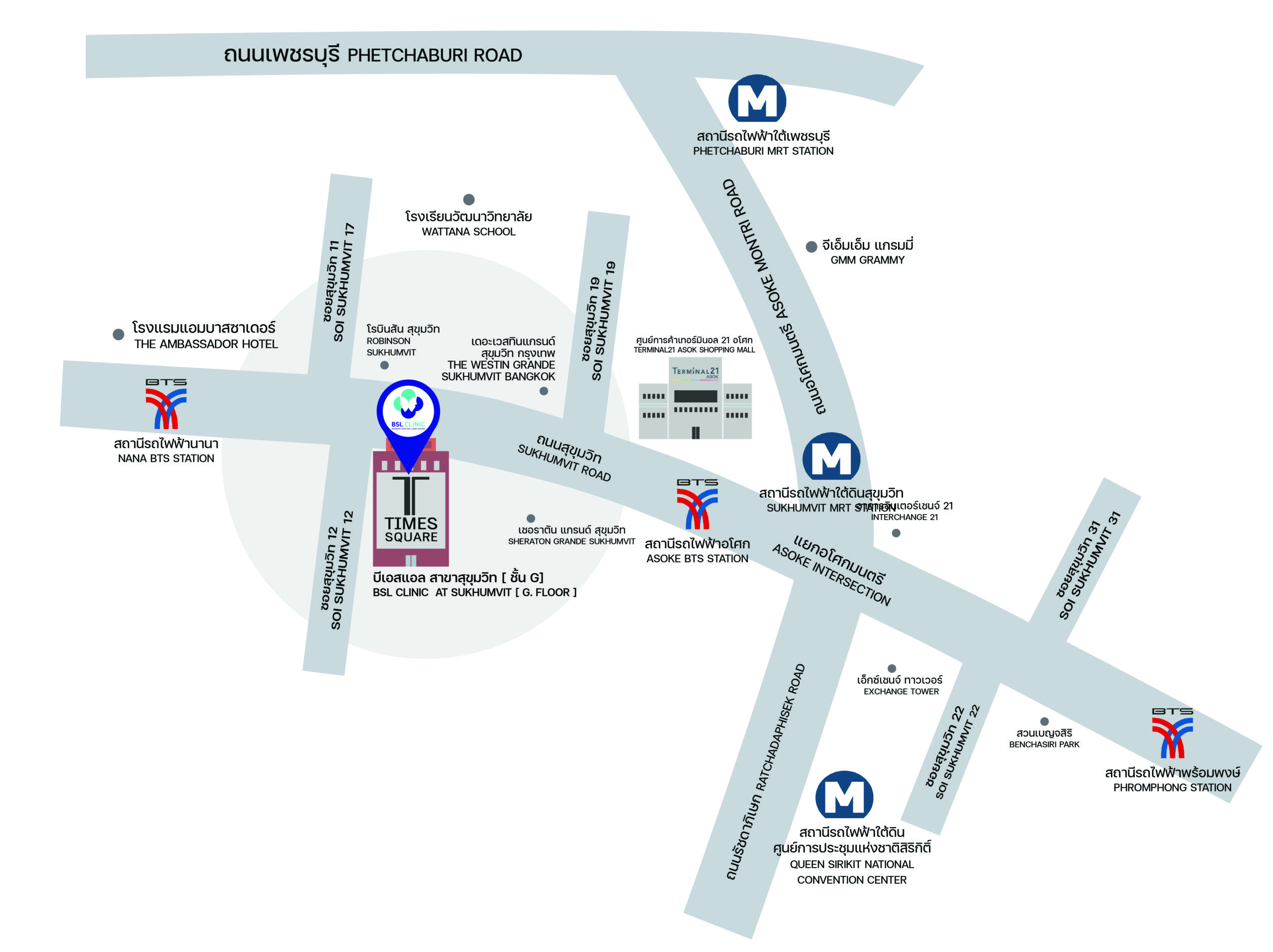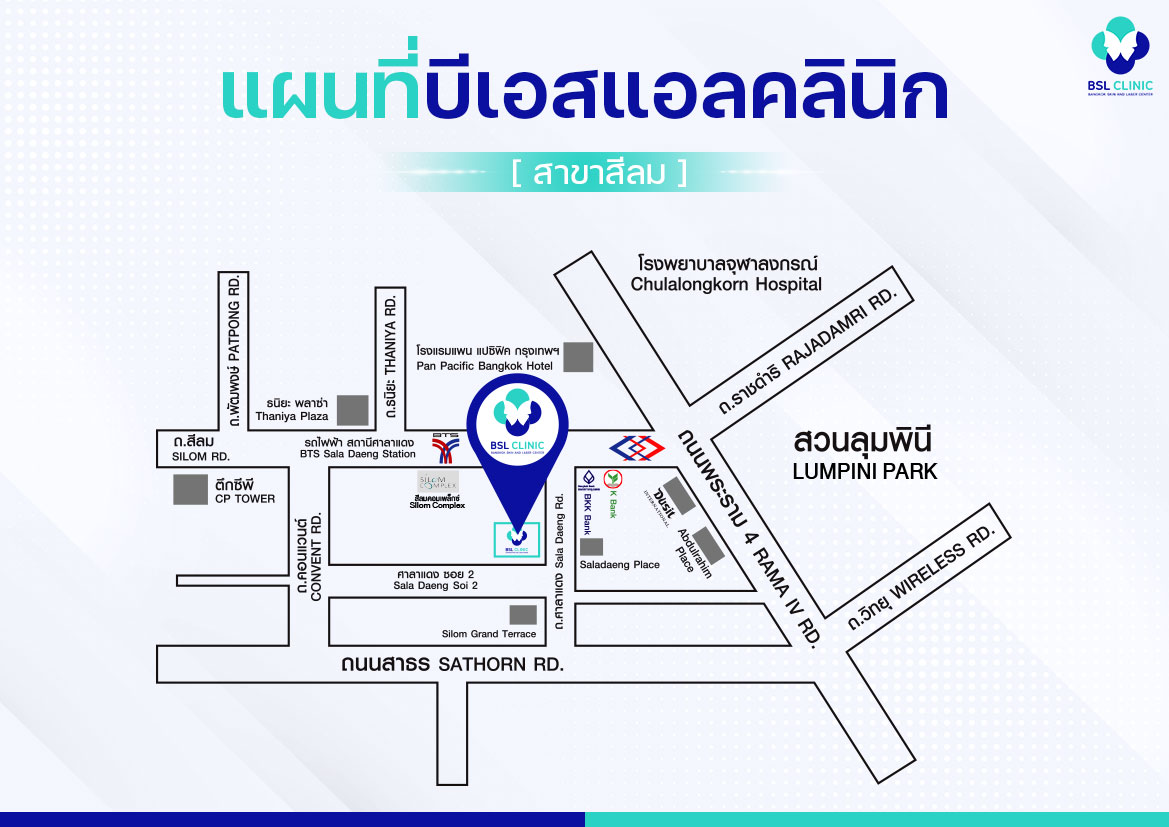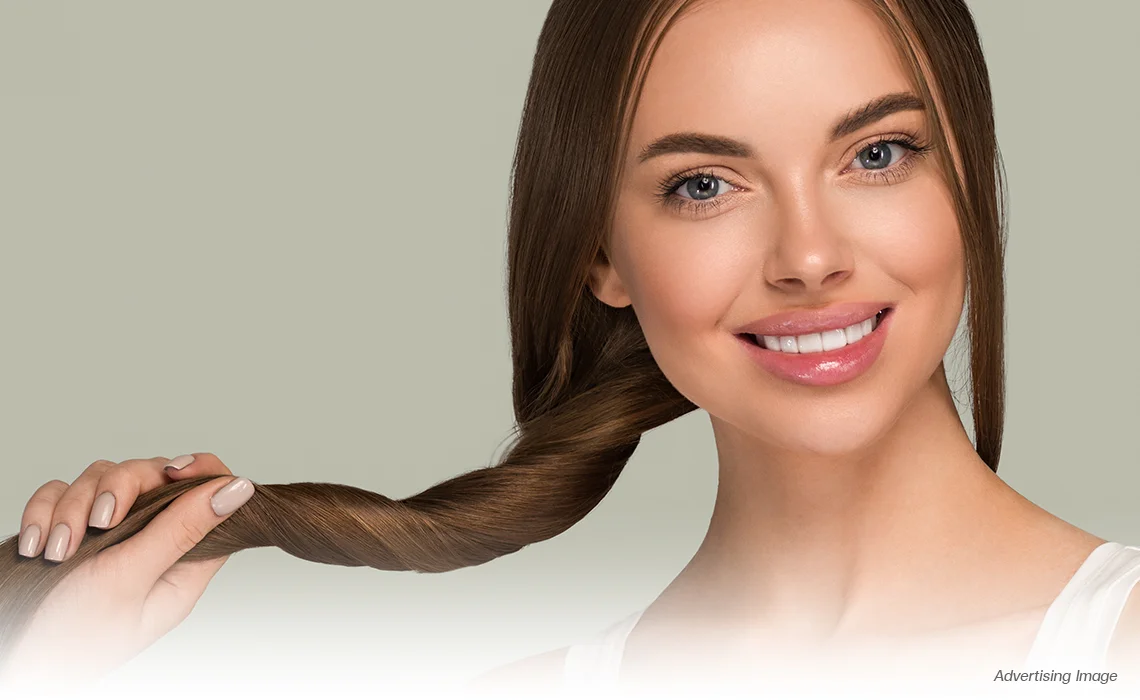
Hair thinning and loss are common concerns for many individuals. While these conditions can have various causes, early intervention may help manage their progression. At BSL Clinic, we provide tailored hair care solutions designed to support scalp and hair health.
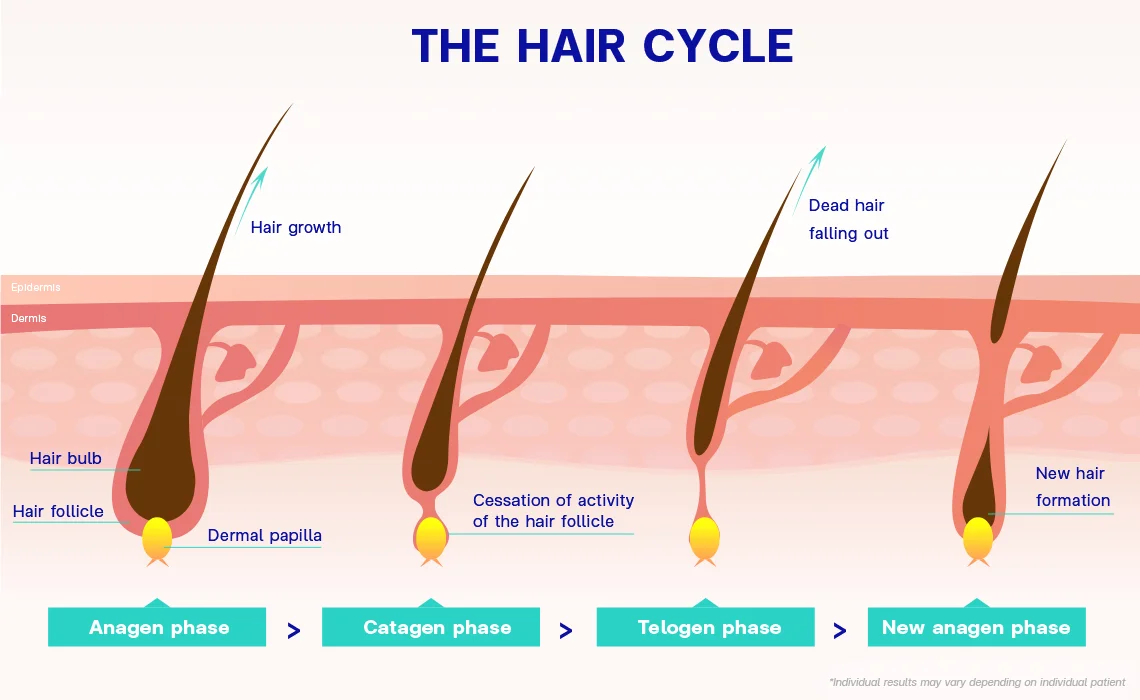
Understanding the Hair Growth Cycle: Phases and Patterns
- Anagen (Growth Phase) – The active phase where hair follicles produce new hair. At any given time, about 85–90% of scalp hair is in this phase. Anagen lasts between 2 to 7 years, influenced by genetics and health factors¹.
- Catagen (Transition Phase) – This short phase signals the end of active growth. The follicle shrinks, and the hair detaches from its blood supply. It lasts about 2–3 weeks, not months as commonly misunderstood².
- Telogen (Resting Phase) – The hair remains in the follicle without growing before shedding. This phase typically lasts 3–4 months, longer than the 3 weeks some believe³.
- Exogen (Shedding Phase) – Some experts classify this as a separate phase, where 50–100 hairs shed daily, making way for new growth⁴.
After telogen, hair follicles may remain in a resting state for 3–5 months before re-entering anagen. This period is sometimes called “refractory telogen” or “competent telogen”⁴.
Hair Thinning and Hair Loss: Causes and Considerations
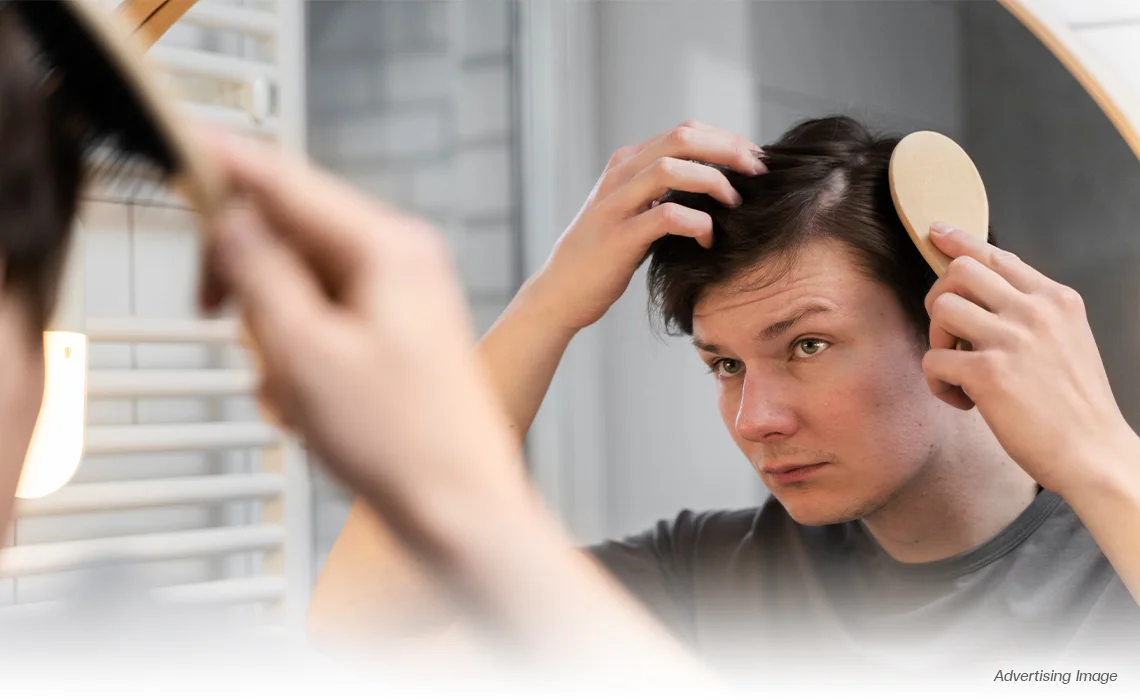
Telogen Effluvium (TE)
A temporary increase in hair shedding triggered by factors such as stress, illness, surgery, or childbirth. This condition is usually self-limiting, and hair may regrow with proper nutrition and supportive care⁵.
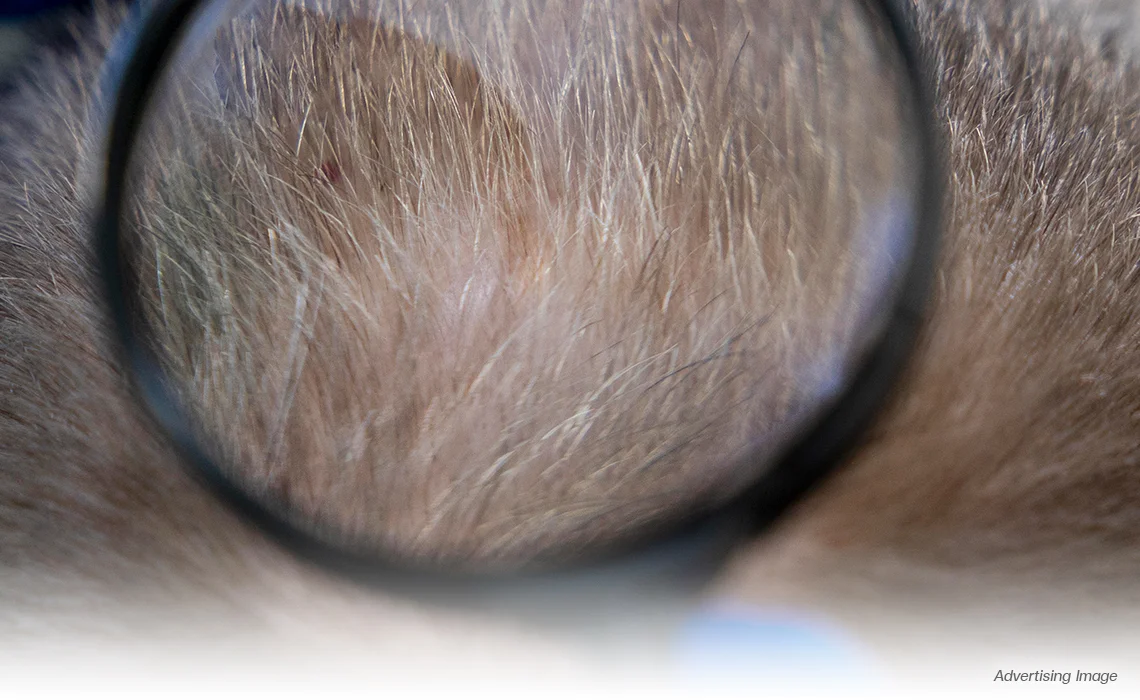
Chronic Telogen Effluvium (CTE)
Androgenetic Alopecia (AGA)
Identifying the underlying cause of hair loss and thinning is essential for selecting an appropriate management approach. Early intervention may help maintain hair health and reduce further progression. At BSL Clinic, we offer the following hair care solution:
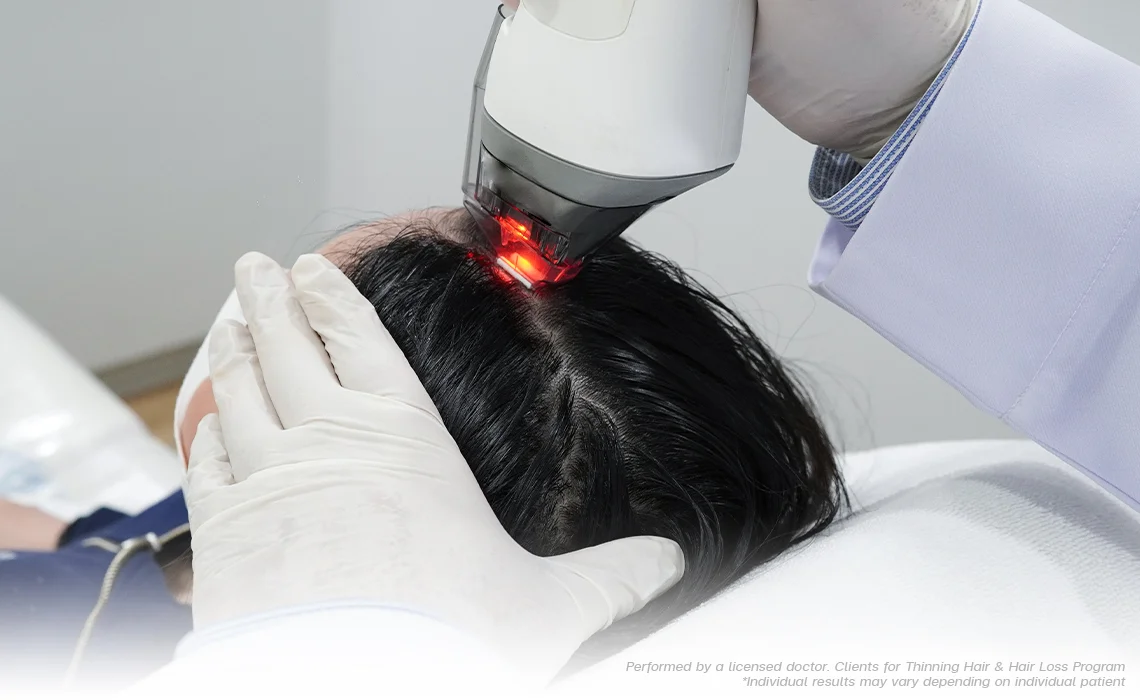
BSL's Hair and Scalp Treatment Options
Mesotherapy for Hair – Involves microinjections of vitamins, amino acids, and essential nutrients into the scalp to help support hair follicle function and maintain scalp health. This technique enhances blood circulation, delivering key nutrients that may contribute to stronger, healthier-looking hair10.
Hair Bioregenerative Program – Utilizes a concentrated component derived from the patient’s own body to support hair follicle function and reinforce weak hair roots. This approach may help sustain the active growth phase of hair, contributing to improved hair density and overall scalp condition. The treatment is recognized for its role in promoting hair vitality and scalp health without synthetic additives11.
Fraxel Laser Program – Uses fractional laser technology to create microthermal zones, which may help stimulate collagen production and support hair follicle activity. This approach is often combined with topical care to help maintain scalp health and enhance hair appearance12,13.
PicoWay Fractional Laser for Hair – A picosecond laser designed to stimulate scalp circulation and support natural hair regrowth by activating repair mechanisms in the scalp. This method may contribute to improved hair density and thickness with minimal downtime14.
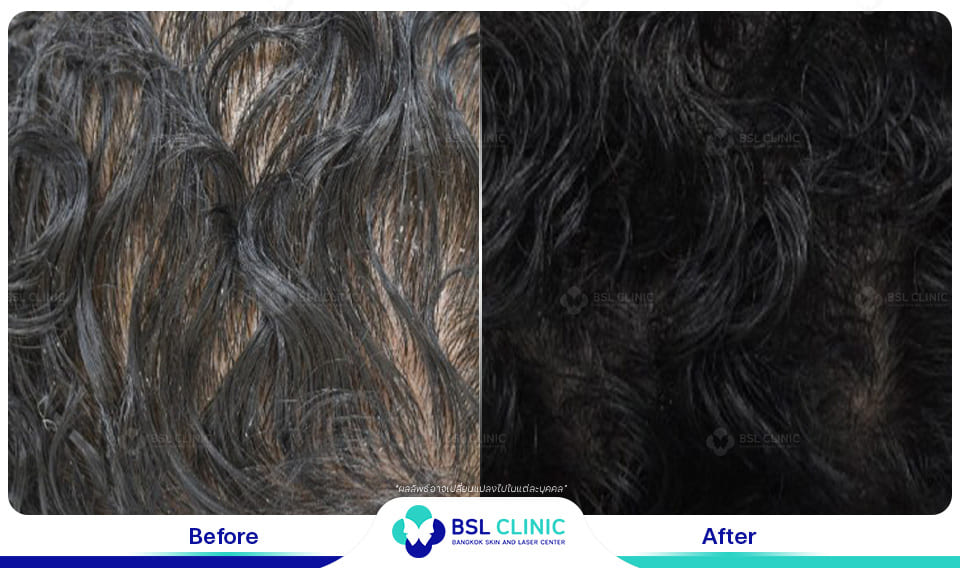
Before and 6 Months After The Treatment
*Individual results may vary depending on individual patient
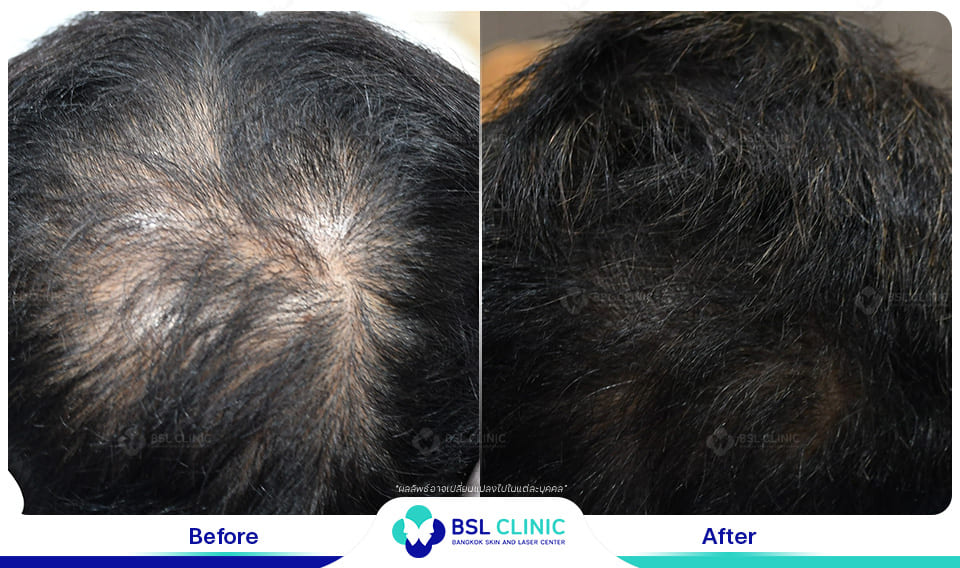
Before and 6 Months After The Treatment
*Individual results may vary depending on individual patient
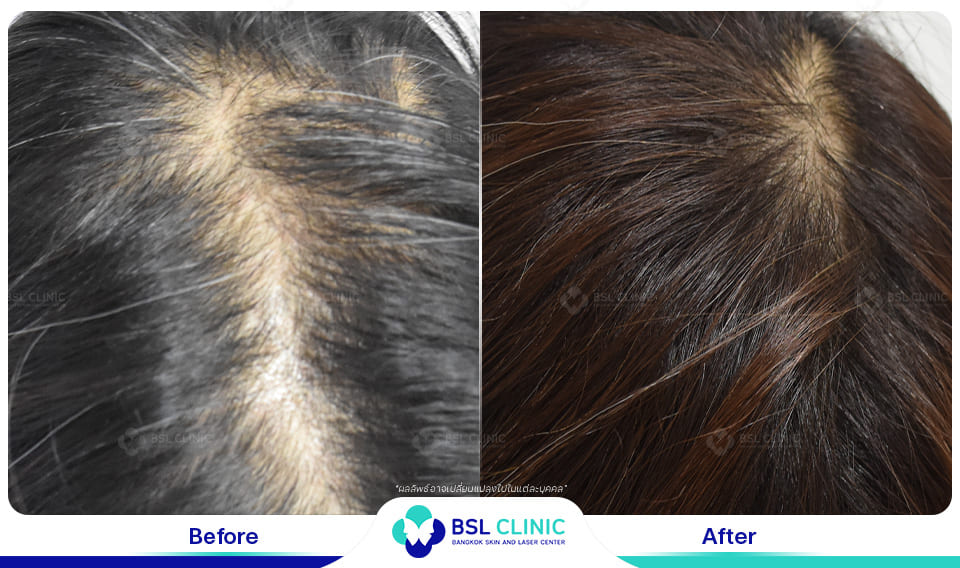
Before and 6 Months After The Treatment
*Individual results may vary depending on individual patient
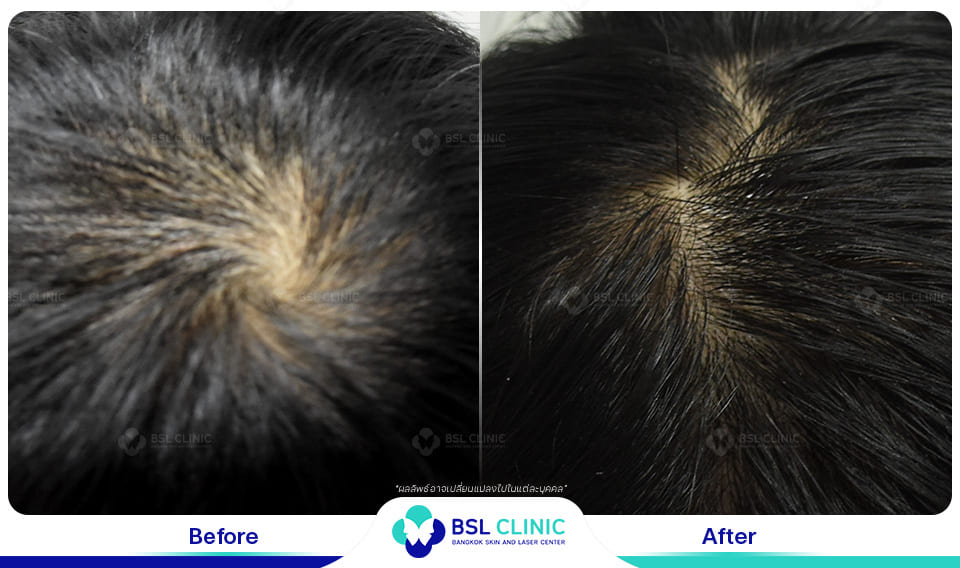
Before and 6 Months After The Treatment
*Individual results may vary depending on individual patient
References
- Natarelli N, Gahoonia N, Sivamani R. Integrative and mechanistic approach to the hair growth cycle and hair loss. J Clin Med. 2023.
- Jimenez F, Alam M. The proportion of catagen and telogen hair follicles in occipital scalp of male androgenetic alopecia patients: challenging the established dogma. Exp Dermatol. 2024.
- Rushton DH. Acute and chronic telogen effluvium. Springer Reference. 2015.
- Geyfman M, Plikus M, Treffeisen E, Andersen B, Paus R. Resting no more: re‐defining telogen, the maintenance stage of the hair growth cycle. Biol Rev. 2015.
- Hussein R, Bin Dayel S. Telogen effluvium, diagnosis and management: a narrative review. Int J Biomedicine. 2023.
- Milad G, Diab H, El-Husseiny R. Role of lactoferrin in chronic telogen effluvium. QJM: An Int J Med. 2020.
- Piquero-Casals J, Saceda-Corralo D, Aladren S, et al. Oral supplementation with l-cystine, serenoa repens, cucurbita pepo, and pygeum africanum in chronic telogen effluvium and androgenetic alopecia: a double-blind, placebo-controlled, randomized clinical study. Skin Appendage Disord. 2024.
- Pekmezci E, Dündar C, Türkoğlu M. A proprietary herbal extract against hair loss in androgenetic alopecia and telogen effluvium: a placebo-controlled, single-blind, clinical-instrumental study. Acta Dermatovenerol Alp Pannonica Adriat. 2018.
- Rossi A, Magri F, Di Fraia M, et al. A new combination of molecules for the treatment of androgenetic alopecia and telogen effluvium: a double-blind randomized, monocentric, placebo-controlled study. Ital J Dermatol Venereol. 2021.
- Perper M, Aldahan A, Fayne R, Emerson C, Nouri K. Efficacy of fractional lasers in treating alopecia: a literature review. Lasers Med Sci. 2017.
- Haddad N, Arruda S, Sadick N. Evaluating the efficacy of platelet-rich plasma and 1550 nm fractional laser in combination and alone for the management of androgenetic alopecia. J Drugs Dermatol. 2022.
- Suchonwanit P, Rojhirunsakool S, Khunkhet S. A randomized, investigator-blinded, controlled, split-scalp study of the efficacy and safety of a 1550-nm fractional erbium-glass laser, used in combination with topical 5% minoxidil versus 5% minoxidil alone, for the treatment of androgenetic alopecia. Lasers Med Sci. 2019.
- Meephansan J, Ungpraphakorn N, Ponnikorn S, Suchonwanit P, Poovorawan Y. Efficacy of 1,550-nm Erbium-Glass Fractional Laser Treatment and Its Effect on the Expression of Insulin-Like Growth Factor 1 and Wnt/&bgr;-Catenin in Androgenetic Alopecia. Dermatol Surg. 2018.
- Lueangarun S, Tempark T. Novel application of 1064-nm picosecond Nd:YAG laser for male androgenetic alopecia treatment. J Clin Aesthet Dermatol. 2024.
